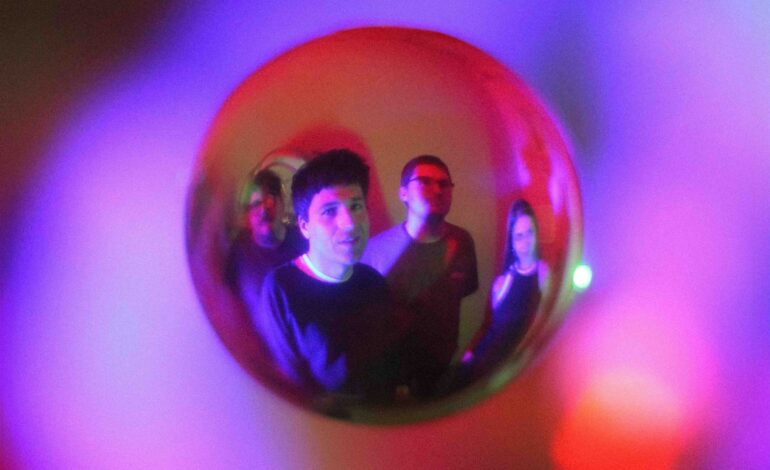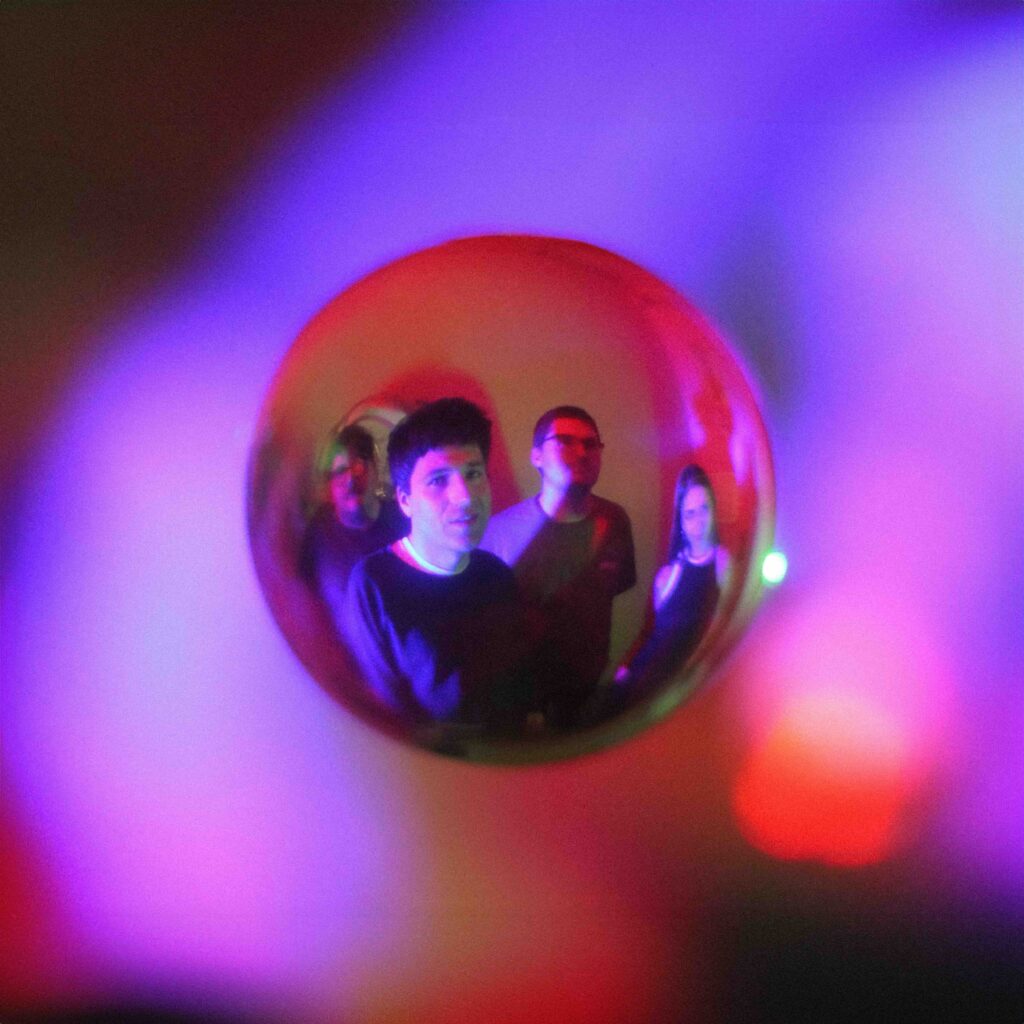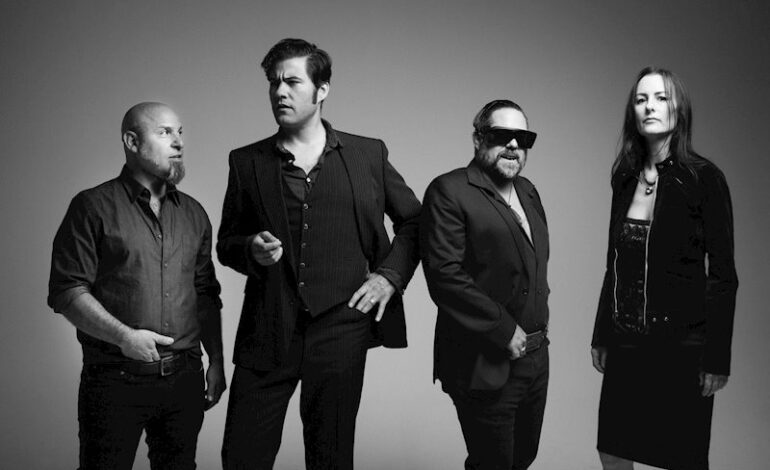Exploring the Sonic Evolution: An Interview with Dummy on Their Bold New Album ‘Free Energy’


In this interview with the phenomenal band Dummy, we delve into the creation of their latest album, Free Energy, which marks a significant shift from their cerebral, lo-fi debut Mandatory Enjoyment. Drawing from their extensive touring experience and experimenting with home recording, Dummy embraced a more physical and movement-oriented sound. They discuss how post-tour exhaustion fueled a desire to explore new rhythms and textures, leading to deeper sonic exploration. As the band opens up about the influence of Ableton, collaborations, and field recordings, they reflect on the blend of noise, pop choruses, and ambient elements that make Free Energy such a complex and layered project. From lead single “Nullspace” to Emma Maatman’s more foregrounded vocals, Free Energy represents a bold evolution in Dummy’s sound and approach.
1. ‘Free Energy’ has a much more physical and movement-oriented feel compared to the cerebral, lo-fi nature of “Mandatory Enjoyment.” What inspired this shift in sound, and how did experimenting with home recording and DAW influence your approach to creating this new album?
-One of the main influences was touring we did in support of Mandatory Enjoyment, 100+ shows. We ground our previous tunes into the ground. So we went into writing Free Energy wanting to give ourselves a lot of room to dig into rhythms that we hadn’t messed with before. Post-LP1, we decided to try and record everything ourselves, and started to use Ableton more and more. That inspired a lot of the reversed sounds, guitars, vocals, saxophones, and sound collage elements. We went into the studio with a lot of the album already recorded. Of course, we ended up expanding on everything once we got there.
2. The lead single “Nullspace” is described as the record’s “sonic mission statement.” Can you share more about how the song reflects the themes and musical direction of the album, and how Mark Van Hoen’s influence played a role in shaping its sound?
-Right around the time we were recording, we were listening to the album Morning Light by Locust, and the way it gracefully combined electronic and IDM elements with guitars and an almost indie pop sound. Hearing such a gorgeous album, it felt like permission to incorporate these elements that we were unsure about. We ended up putting together Nullspace near the end of our studio time, and we felt like it synthesized a lot of elements we used across the album.
3. Maatman’s vocals take a more confident and foregrounded role in ‘Free Energy.’What was the process like in bringing her vocals to the front, and how did that affect the dynamic of the band’s overall sound?
-Some of the vocal parts were developed over the course of playing shows through 2022 and 2023. For the instrumentals, we wanted to give the vocals space to stand out, and to evoke more emotional impact than in our previous work. During our time at the studio, Emma came up with some insanely cool melodies and lyrics, and we spent a lot of time working on expanding on the vocal parts, and ended up experimenting a lot with sampling and reversing stuff.
4. The album features a variety of guest appearances and field recordings collected during your tour. How did these collaborations and environmental sounds contribute to the album’s narrative and the immersive experience of ‘Free Energy’?
– Another benefit of playing shows all around the country is meeting some incredible artists and friends along the way. We felt so inspired by some of the people we met, we had to ask them to collaborate on whatever we did next. It enabled us to expand our sound in new directions. All along we had the idea of somehow incorporating field recordings into Free Energy, so we had a pile of recordings to comb through and try to sculpt out some kind of emotion. I think the main thing I discovered was the overwhelming cacophony of it all – both ecstatic and panic inducing at the same time.
5. ‘Free Energy’ explores a mix of teeth-rattling noise, sticky pop choruses, and ambient stretches all in one album. How do you manage to blend these diverse elements cohesively, and what challenges or discoveries did you encounter while trying to create such a layered sound?
– It’s a careful process, and at first we had no idea how to make the elements coherent. We had to abandon whatever formulas we had relied on before, and take the time to experiment. Going all the way back to early versions of songs that sounded completely different, the songs on Free Energy evolved, and will continue to evolve as we perform them live over the course of 100 more shows in the future.




